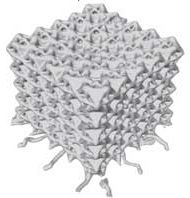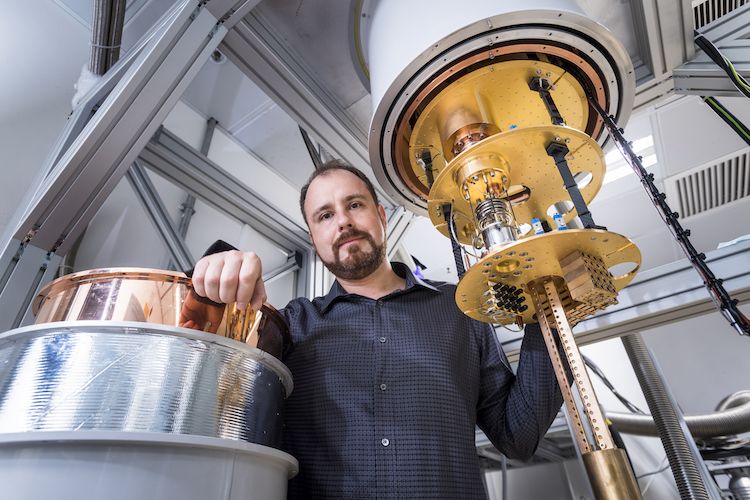Circa 2017 o.,o.
Philip Ross is an artist and lecturer at Stanford University who focuses on an unlikely sustainable design element: mushrooms. After years of growing mushrooms, Ross has learned that there’s far more than meets the eye to mycelium — the extensive and tangled network of rootlike fibers that grow beneath the ground. According to our fungus expert, when left to dry the mycelium can become an excellent raw material for various constructions. For instance, Ross used the mycelium to fashion bricks out of.
Among its many properties, the mycelium bricks are:









